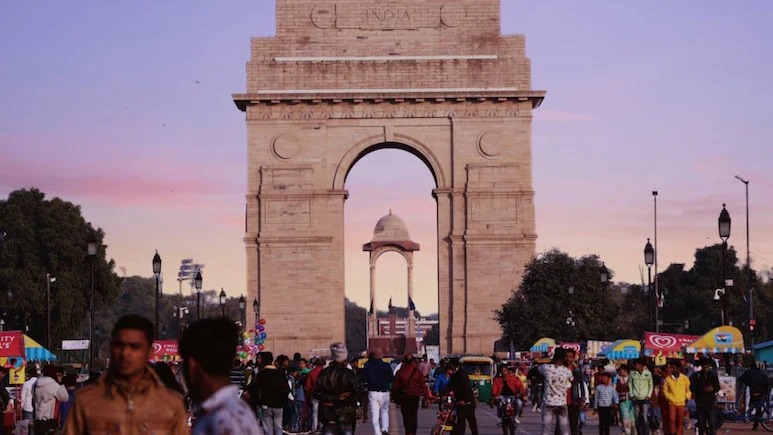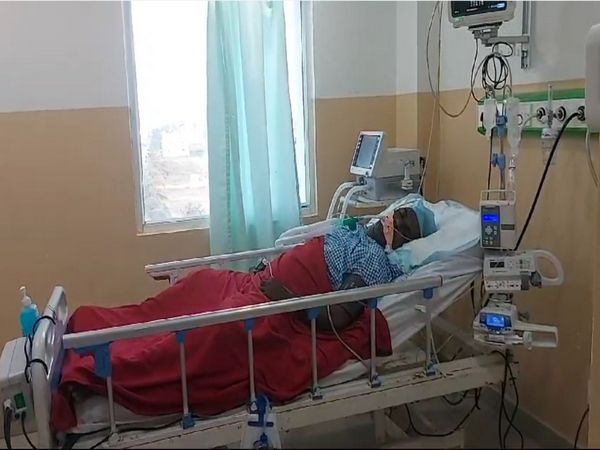Delhi and its surrounding regions experienced a 4.0 magnitude earthquake today, causing panic among residents in the national capital, Noida, and Ghaziabad. Here’s a detailed look at why Delhi is prone to earthquakes and the risks involved:
Delhi’s Seismic Zone IV Location
Delhi lies in Seismic Zone IV, which indicates a fairly high risk of earthquakes. Zone IV generally experiences earthquakes of magnitude 5-6 and can occasionally witness larger quakes of magnitude 7-8.
Since 1720, Delhi has recorded at least five earthquakes above 5.5 magnitude on the Richter scale.
Tectonic Activity in North India
Tectonic Plates: The Indian tectonic plate is colliding with the Eurasian plate, which increases seismicity. When these plates slip, energy is released, leading to earthquakes.
Delhi is near the Delhi-Hardwar Ridge, a major geological structure that extends from the Aravali Mountain belt under the Ganga basin to the northeast.
Risks from Unplanned Urbanization
Building Vulnerabilities: Many buildings in Delhi are not built to withstand strong tremors, which increases the risk of structural collapse during major earthquakes.
Congested Areas: High population density and narrow streets complicate evacuation and rescue operations.
Non-earthquake Resilient Structures: The National Disaster Management Authority (NDMA) has flagged unsafe, non-aseismic constructions as a key vulnerability in the city.
Historical Context
In 2020, Delhi experienced three earthquakes above magnitude 3.0 and several aftershocks.
A SWOT analysis by the NDMA highlighted Delhi’s susceptibility due to high population density, unplanned structures, and inadequate seismic safety measures.
Government and Expert Views
Safety Assurance: NCS Director OP Mishra stated that today’s earthquake was not caused by plate collision and posed no immediate threat.
Potential Economic and Political Impacts: The Delhi Disaster Management Authority (DDMA) emphasized that a large-scale earthquake could have significant economic, political, and infrastructural consequences for the capital.
Mitigation Measures
While Delhi’s geographic and tectonic setting cannot be changed, improving building resilience and raising public awareness about earthquake safety protocols can mitigate potential risks. Ensuring compliance with Indian standards for aseismic construction is crucial to safeguarding life and property.
Preparedness
Residents are advised to follow earthquake safety protocols, such as evacuating high-rise buildings during tremors, seeking shelter under sturdy furniture, and preparing emergency kits for potential aftershocks.
Given Delhi’s history and geographic setting, earthquake preparedness and awareness remain critical for minimizing the impact of future seismic events.




